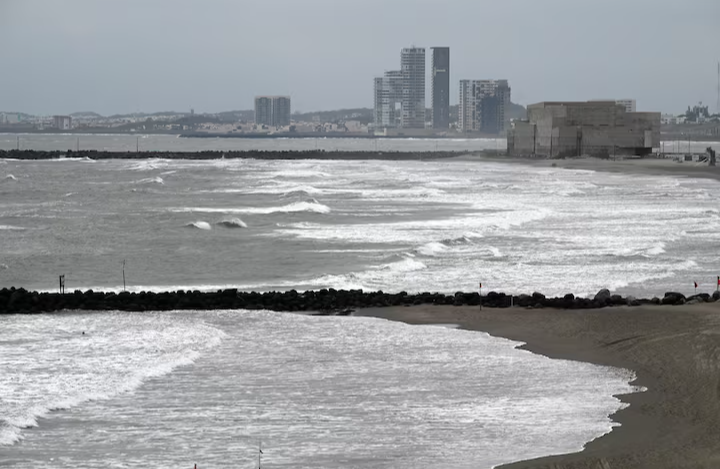Google Maps is set to rename the Gulf of Mexico as the Gulf of America for users in the United States, following an official update in the U.S. Geographic Names System. The announcement, made via Google’s official X account on Monday, comes after President Donald Trump’s administration ordered the change as part of a series of executive actions signed immediately after taking office on January 20, 2025.
How the Name Change Will Appear on Google Maps
According to Google, this change will be reflected only for U.S.-based users, while Mexican users will continue to see the body of water labeled as the Gulf of Mexico. For users outside the two countries, Google Maps will display both names to reflect the ongoing dispute over the designation.
Google, a subsidiary of Alphabet Inc., is known for adapting place names based on regional naming conventions. This approach has been applied in other international disputes, such as listing the body of water between Japan and South Korea as the Sea of Japan (East Sea) or labeling the Persian Gulf as Persian Gulf (Arabian Gulf) in certain regions.
Why Is the Name Changing?
The Trump administration’s Interior Department officially announced the renaming of the Gulf of Mexico to the Gulf of America last week. Additionally, the executive order reinstates the name Mount McKinley for Denali, the highest peak in North America.
“As directed by the President, the Gulf of Mexico will now officially be known as the Gulf of America, and North America’s highest peak will once again bear the name Mount McKinley,” the Interior Department stated.
The name changes were part of Trump’s campaign promises, aimed at reinforcing American identity in geographical naming conventions. However, the move has sparked debates among historians, geographers, and international observers.
Reactions and Controversy
The decision has drawn mixed reactions, with some viewing it as a symbolic assertion of American influence, while others see it as unnecessary political interference in established geographical names.

Mexican President Claudia Sheinbaum took a lighthearted approach, joking that if the United States could rename the Gulf of Mexico, then North America should be renamed Mexican America, referring to historic maps that once used the term for the region.
Meanwhile, Google has reiterated its neutral stance, stating that it follows official geographic name changes as dictated by recognized authorities. A Google spokesperson directed Reuters to its X post when asked for further comment.
Google’s History with Geographic Name Controversies
This isn’t the first time Google Maps has been at the center of a naming dispute. In 2012, Iran threatened legal action against Google after it temporarily removed the label Persian Gulf from its maps, leaving the waterway between Iran and the Arabian Peninsula unnamed. Google later updated the designation to Persian Gulf (Arabian Gulf) in select countries.
The Gulf of America renaming follows a similar pattern, where Google adjusts labels based on local and political sensitivities while striving to maintain global neutrality.
Conclusion
As the name change rolls out, it is expected to spark further debate among policymakers, scholars, and the public. Whether the new designation will be widely adopted or remain a politically driven rebranding remains to be seen.



